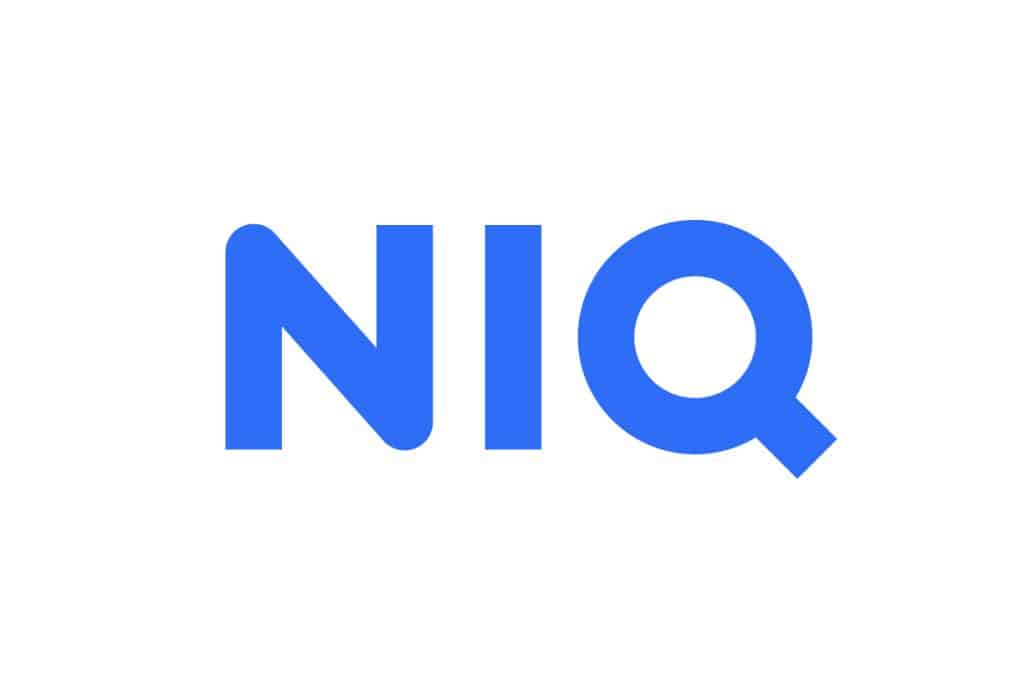Easing Inflation and Omnichannel Growth
The outlook for the global Consumer Technology and Durables (T&D) market in 2024 appears more optimistic than 2023. Falling inflation rates, rising consumer confidence, and a return to pre-pandemic levels in summer bookings are helping drive this recovery. Additionally, major sporting events like the Paris Olympics and the European Football Championship in Germany are further boosting demand.
At the halfway point of the year, most T&D segments are showing gradual improvement, with the overall market slowly emerging from its downturn, though it remains slightly negative. From January to June 2024, the global T&D market recorded a modest revenue decline of 0.6% to $395 billion USD, compared to the same period last year. However, experts from NIQ-GfK predict that this trend will continue for the rest of 2024, with a projected full-year revenue dip of only 0.1%.
Omnichannel Remains Crucial
Despite improvements, inflation and high prices remain key concerns for global consumers. According to the GfK Consumer Life study, 57% of consumers worldwide are willing to switch stores in order to reduce costs, as noted in the NIQ Consumer Outlook report for 2024.
“Omnichannel retail continues to thrive, with 36% of total global T&D sales conducted online in the first half of 2024, marking a 0.4% increase from the previous year,” explains Nevin Francis, GfK’s insights expert for the Tech and Durables sector. However, changing consumer behaviour, driven by price sensitivity and a desire for value, means the T&D market must adapt to ensure long-term sustainable growth.
In Europe, Chinese online retailers have made significant strides. In the first half of 2024, Temu, a Chinese e-commerce giant, ranked second in terms of order volume for electronics and computers, although its average order value remains lower due to the smaller-ticket price of items. NielsenIQ’s Foxintelligence data shows that 77% of German Temu shoppers in the last 60 days were repeat customers.
Regional differences in consumer spending are becoming increasingly evident. While Western Europe and Developed Asia experienced year-on-year revenue declines of 1% and 9% respectively, other regions like Eastern Europe (+4%) and the Middle East (+8%) reported growth. Emerging Asia also saw a return to positive figures.
Price-conscious consumers are increasingly prioritising products that offer the most value for their money. As a result, the 15 annual promotional weeks, including mid-year sales and Black Friday, now account for 34% of total T&D sales,” summarised Francis. To succeed, retailers need to strike a balance between offering premium products, maintaining a strong price-to-performance ratio, and having a deep understanding of their target customers.
Key Trends Impacting the T&D Market
In the first half of 2024, certain T&D categories have started to bounce back. GfK’s panel data indicates the following shifts:
- Consumer Electronics (TVs, soundbars, etc.): down 2%
- Telecom (Smartphones, etc.): up 2%
- IT (Mobile PCs, hardware, etc.): down 5%
- Small Domestic Appliances (Fryers, mixers, etc.): down 1%
- Major Domestic Appliances (ACs, ovens, etc.): down 2%
The home appliances market has seen notable growth driven by consumer preferences for sustainability, convenience, and AI-powered features. Products such as smart ovens, which saw a 30% increase in revenue year-on-year from January to June 2024, have surged in demand. Additionally, robot vacuum cleaners (+9%) and fully automatic espresso machines (+7%) have gained popularity, alongside eco-friendly products like A-labelled washing machines, which recorded a 39% rise in European sales.
In the IT sector, the trend towards premiumisation continues. Consumers are increasingly opting for devices with more memory, such as laptops with 16GB RAM, which saw a 3% rise in sales in the first half of 2024 compared to the same period in 2023. Media tablets with 8GB RAM and larger displays also experienced a surge, with 58% growth in sales volume. Other IT accessories, such as Bluetooth keyboards (+18%) and high-refresh-rate monitors (+90%), are also in demand.
B2B Market Lags Behind
Unlike the recovering B2C sector, the B2B market remains in negative territory, with a 6% decline in revenue year-on-year during the first half of 2024, according to GfK’s distribution panel. However, there are some bright spots. Sales of processors rose by 4%, and software revenue increased by 8%, driven by a heightened focus on security and collaboration solutions in the business sector. One standout success in the B2B market has been AR/VR glasses, which achieved 80% growth, mainly due to new product launches earlier in the year, though this remains a niche category.
